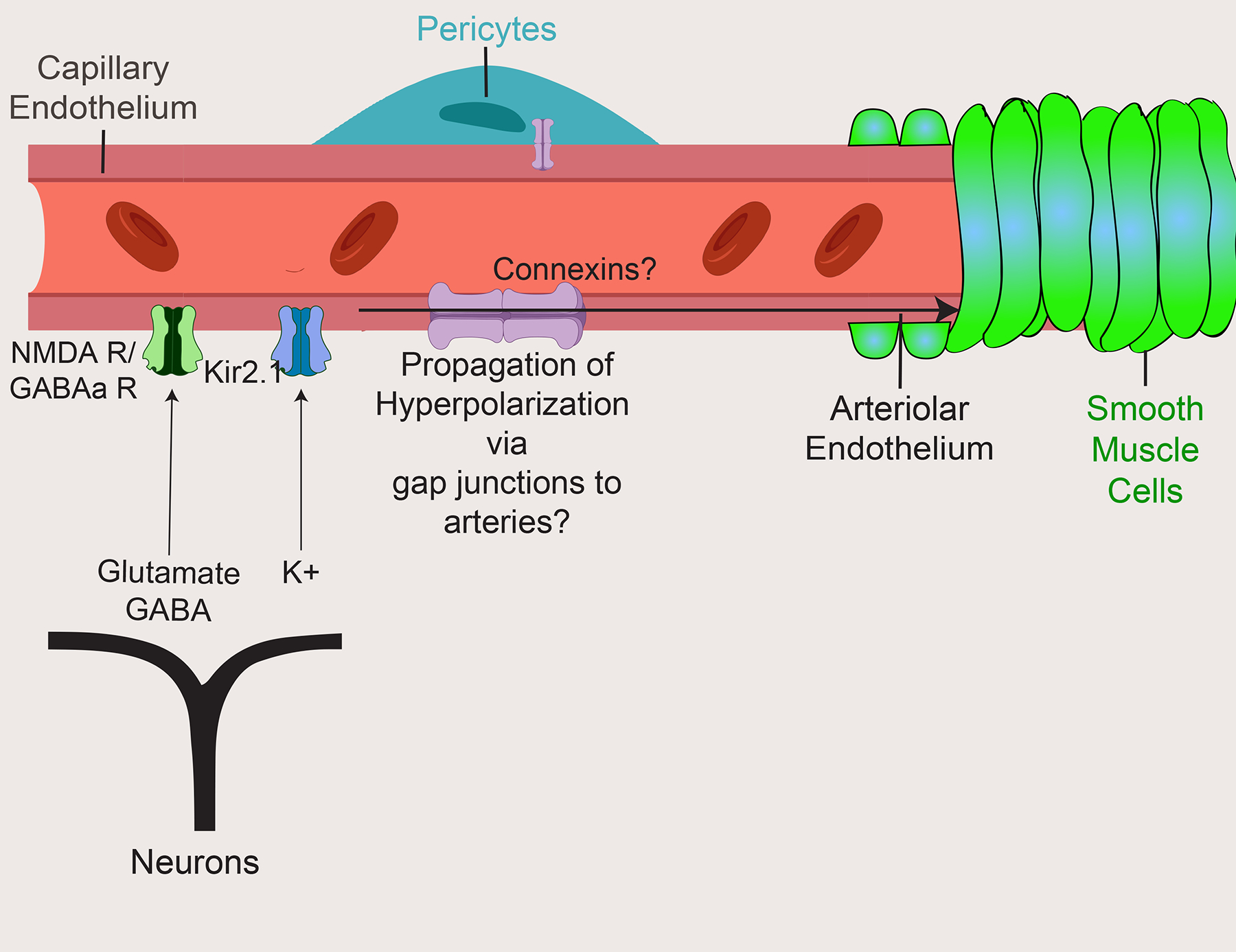Fig. 4 |. The endothelium-dependent model of neurovascular coupling.

Most brain cells are juxtaposed to capillaries and can release neural signals, including glutamate, GABA and K+, to capillary endothelial cells, which express the corresponding neurotransmitter receptor and ion channels such as NMDA receptors (NMDARs) and GABA type A receptors (GABAARs) as well as the inward-rectifier potassium ion channel 2.1 (Kir2.1). The occurrence of neural activity may be signaled via a retrograde propagation of hyperpolarization through putative gap junctions between capillary endothelial cells to upstream arteries, to dilate and increase blood flow. ‘?’ indicates some confounding evidence as described in the text.
